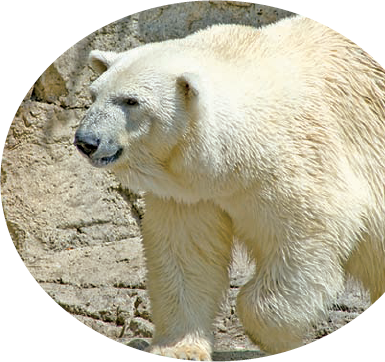Chapter 3. Controlling Picture Quality and Size
In This Chapter
Reviewing factors that lead to poor photo quality
Exploring resolution, pixels, and ppi
Calculating the right resolution for traditional print sizes
Deciding on the best file format: JPEG or NEF?
Picking the right JPEG quality level
Understanding the tradeoff between picture quality and file size
Almost every review of the D3000 contains glowing reports about the camera's top-notch picture quality. As you've no doubt discovered for yourself, those claims are true, too: This baby can create large, beautiful images.
What you may not have discovered is that Nikon's default Image Quality setting isn't the highest that the D3000 offers. Why, you ask, would Nikon do such a thing? Why not set up the camera to produce the best images right out of the box? The answer is that using the top setting has some downsides. Nikon's default choice represents a compromise between avoiding those disadvantages while still producing images that will please most photographers.

Whether that compromise is right for you, however, depends on your photographic needs. To help you decide, this chapter explains the Image Quality setting, along with the Image Size setting, which is also critical to the quality of images that you print. Just in case you're having quality problems related to other issues, though, the first section of the chapter provides a handy ...
Get Nikon® D3000 For Dummies® now with the O’Reilly learning platform.
O’Reilly members experience books, live events, courses curated by job role, and more from O’Reilly and nearly 200 top publishers.

